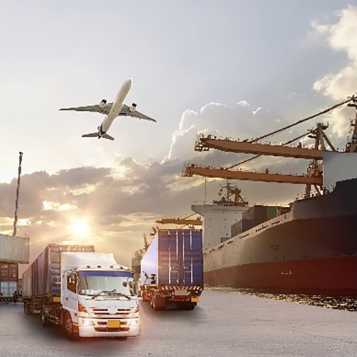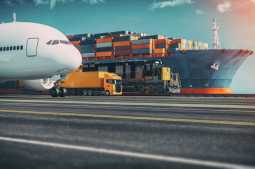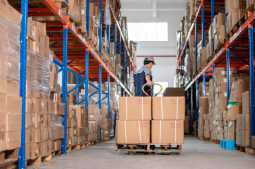Low Sulfur Surcharge (LSS) refers to low sulfur fuel surcharges. by the International Maritime Organization (International Maritime Organization: IMO) announced measures to reduce forcing all ships to use fuel that does not exceed 0.5% sulfur emissions from the previously specified level of 3.5% to protect the environment. This came into effect on Jan. 1, 2020 in accordance with the International Maritime Organization (IMO) Low Sulfur Regulation 2020, resulting in the carrier's announcement of a low sulfur surcharge (LSS) in addition to freight (freight). and bunker surcharge that previously collected Including setting different charging rates as well It depends on the calculation formula that each shipping line determines. which is not a central standard.
By using different names for each ship line for the fee name For example, Zim Line uses the name New Bunker Factor (NBF), Hapaq-Lloyd Company uses the name Marine Fuel Rocovery (MFR), ONE ships the name ONE Bunker Surcharge (OBS), and Wan Hai Company. Use the name Wan Hai Bunker Surcharge (WBS), etc. If comparing the 4 main routes, namely Asia, the European Union, the Middle East and the United States. For 20-foot and 40-foot dry containers, bunker surcharges range from $9 to $746. LSS charges range from $15 to $382, and for 20ft and 40ft refrigerated containers, bunker surcharges range from $12 to $822, with LSS ranging from $42 to $573. will vary according to the size of the vessel, container quantity and the calculation formula of each shipping line.
The inclusion of the charge into the normal storage charge bunkers. This makes the rate of this type of fuel high. This is compared to a separate low sulfur surcharge (LSS), which is an additional surcharge separate from the freight (freight). Compare this to the fred fare for each route. In 20ft and 40ft containers, average LSS per fred rate increased from 2.86% to 93.34% on Asia routes. In the Busan port area, the highest 93.34% for dry containers, while for refrigerated containers, LSS was 1.34-15%. Hong Kong port up to 15% .
Credit by https://bit.ly/2IrQDJf
By using different names for each ship line for the fee name For example, Zim Line uses the name New Bunker Factor (NBF), Hapaq-Lloyd Company uses the name Marine Fuel Rocovery (MFR), ONE ships the name ONE Bunker Surcharge (OBS), and Wan Hai Company. Use the name Wan Hai Bunker Surcharge (WBS), etc. If comparing the 4 main routes, namely Asia, the European Union, the Middle East and the United States. For 20-foot and 40-foot dry containers, bunker surcharges range from $9 to $746. LSS charges range from $15 to $382, and for 20ft and 40ft refrigerated containers, bunker surcharges range from $12 to $822, with LSS ranging from $42 to $573. will vary according to the size of the vessel, container quantity and the calculation formula of each shipping line.
The inclusion of the charge into the normal storage charge bunkers. This makes the rate of this type of fuel high. This is compared to a separate low sulfur surcharge (LSS), which is an additional surcharge separate from the freight (freight). Compare this to the fred fare for each route. In 20ft and 40ft containers, average LSS per fred rate increased from 2.86% to 93.34% on Asia routes. In the Busan port area, the highest 93.34% for dry containers, while for refrigerated containers, LSS was 1.34-15%. Hong Kong port up to 15% .
Credit by https://bit.ly/2IrQDJf





